Depending on dangerous external factors, which threaten the contents of the safe, safes are divided into types:
 Fire resistant - protect the contents of the safe from dangerous fire factors, but usually, do not provide serious protection against hacking.
Fire resistant - protect the contents of the safe from dangerous fire factors, but usually, do not provide serious protection against hacking.
Fire resistance classes according to the standard EN 15659 – LFS 30P, LFS 60P.
They have anchor nodes for attaching the safe to the floor.
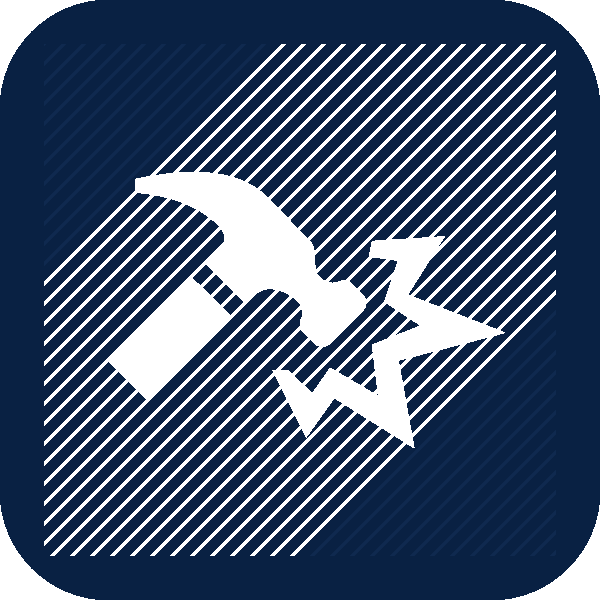 Steady to break – protect the contents of the safe from unauthorized access. The degree of security of the safe is measured in classes: the higher the class, the tighter the protection of the safe and the more difficult it is to open it, and this affects its value. The resistance class is assigned based on test results. Tests are conducted by certified safety laboratories. The main indicator – how long did it take, to open the safe.
Steady to break – protect the contents of the safe from unauthorized access. The degree of security of the safe is measured in classes: the higher the class, the tighter the protection of the safe and the more difficult it is to open it, and this affects its value. The resistance class is assigned based on test results. Tests are conducted by certified safety laboratories. The main indicator – how long did it take, to open the safe.
Burglar resistance classes:
– according to the standard EN 1143-1 – 0, I, II, III, IV, V, VI, VII, VIII, IX, X;
– according to the standard EN 14450 – S1, S2.
Standard EN 14450 applies to products, whose level of protection is lower, and than in products, which meet the norms of the Standard EN 1143-1.
*** It is customary to assume, that the protection level of the safe is burglary-resistant «0» by EN 1143-1 on 50% above, than a safe with a burglary resistance class S2 by EN 14450.
They have anchor nodes for attaching the safe to the floor, and to the wall.
 Fireproof and resistant to hacking - combine, simultaneously, protection against dangerous factors of fire and against attempted unauthorized access.
Fireproof and resistant to hacking - combine, simultaneously, protection against dangerous factors of fire and against attempted unauthorized access.
Fire resistance classes according to the standard EN 15659 – LFS 30P, LFS 60P;
Burglar resistance classes:
– according to the standard EN 1143-1 – 0, I, II, III, IV, V, VI, VII, VIII, IX, X;
– according to the standard EN 14450 – S1, S2.
They have anchor nodes for attaching the safe to the floor, or as to the floor, and to the wall.
In turn, safe type, also, is defined "As intended":
 Cashiers – burglary-resistant safes above class II, are installed in the cash desks of banks and other financial and credit institutions.
Cashiers – burglary-resistant safes above class II, are installed in the cash desks of banks and other financial and credit institutions.
They have anchor nodes for attaching the safe to the floor, or as to the floor, and to the wall.
 For storage of weapons - equipped with special housings for barrels and compartments for storing cartridges.
For storage of weapons - equipped with special housings for barrels and compartments for storing cartridges.
They have anchor nodes for attaching the safe to the floor, or as to the floor, and to the wall.
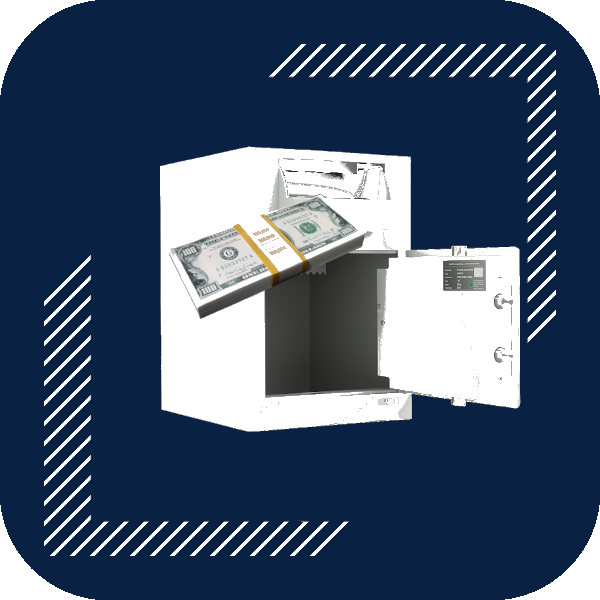 Deposit - for storing large amounts of revenue before the banking collection.
Deposit - for storing large amounts of revenue before the banking collection.
They have anchor nodes for attaching the safe to the floor.
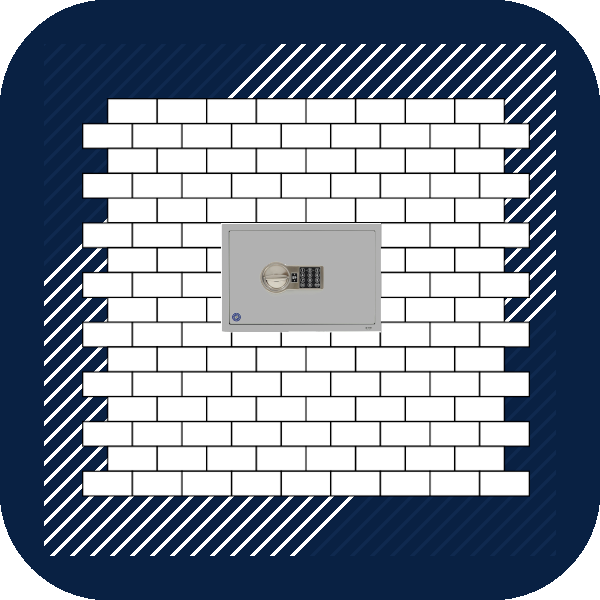
Built-in - are mounted on the wall, provide resistance to breakage mainly due to being in the massif of the wall;
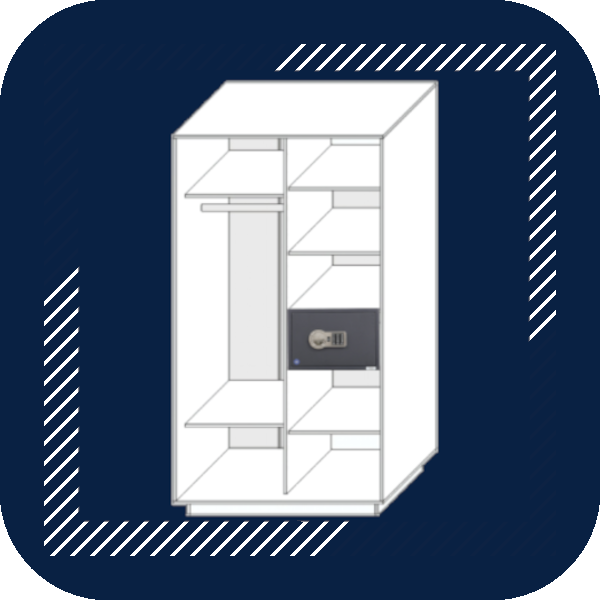
Furniture – small-sized safes that can easily be placed in furniture; They have anchor nodes for attaching the safe to the floor, and to the wall.

By size and place of installation:
Need to take into account "By size":
- External dimensions of the safe – by height, width, depth and its protruding parts (Castle, handle, loops), which increase the dimensions of the safe;
- Internal dimensions of the safe;
Need to take into account "At the place of installation":
- The safe should be placed in a hidden, from the eyes of outside visitors, place!
- The direction of opening the door of the safe (right-hand opening);
- The weight of the safe (load on the floor);
- The possibility of anchoring (floor/wall) – to avoid possible removal of the safe. The place for fastening should be made of concrete or brick. Fastening to wood, furniture, plasterboard, plaster and fragile walls - will not fulfill its function.

By type of lock:
Usually, safe lock type, choose for ease of use, the frequency of opening the safe and the degree of secrecy.
The main ones types safe locks:
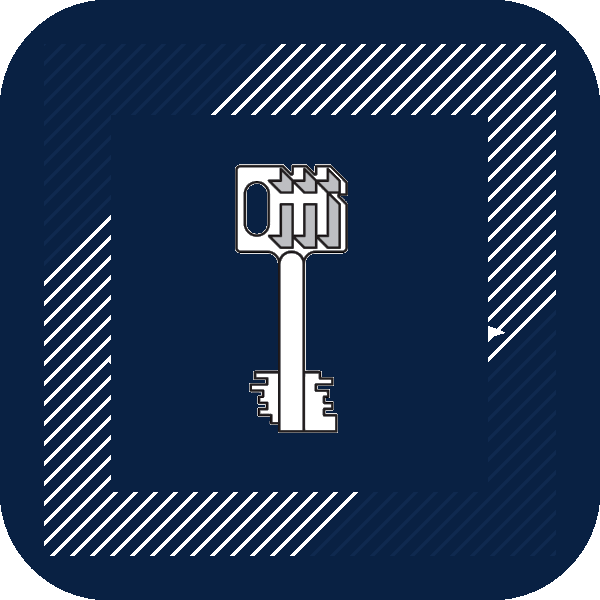 Key – the basic version of the safe, simplicity and ease of use, high secrecy. Included in the package – 2 the keys;
Key – the basic version of the safe, simplicity and ease of use, high secrecy. Included in the package – 2 the keys;
![]() Electronic code – the most popular variant of safe equipment. Convenient to use, high secrecy, easy to code. Instructions included;
Electronic code – the most popular variant of safe equipment. Convenient to use, high secrecy, easy to code. Instructions included;
Wrinkle: If several people will use the safe, when choosing a model with an electronic lock, for convenience, choose a lock with the function of setting a "user code".
Their combinations - they are equipped with two locks of the same or different types, which increases the level of secrecy:
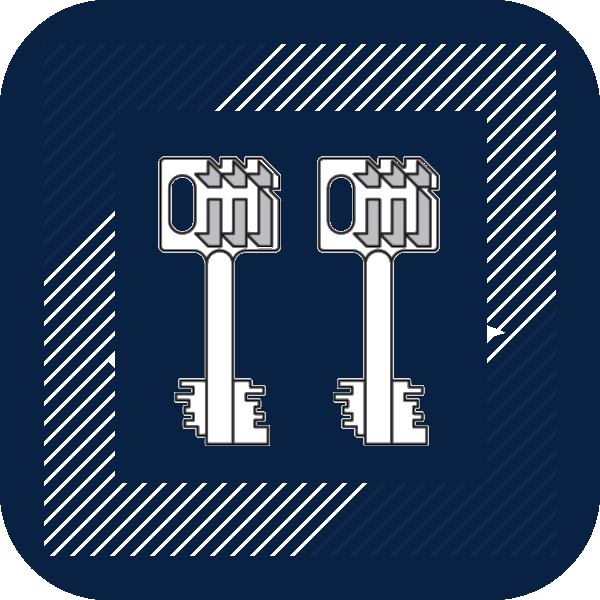
Key + key;
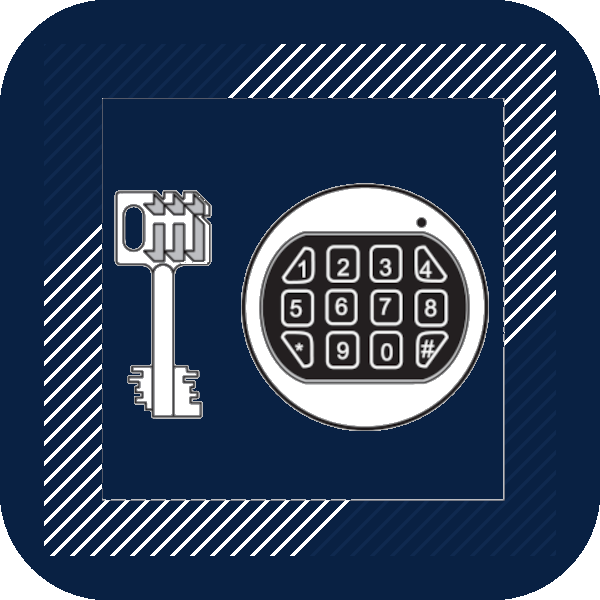 Electronic code + key.
Electronic code + key.
Safes, certified for resistance to breakage according to the Standard EN 1143-1 - are equipped only with safe certified locks with high secrecy. The safes are certified according to the standard EN 14450 – assembly as certified is allowed, and not certified locks.
If you need a consultation, you can contact the company's managers using the "Contact us" button via chat or by calling the numbers listed on the website . Our real-time managers will provide you with detailed answers to your questions.

 Fireproof
Fireproof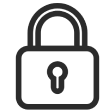 Break-resistant
Break-resistant Fire and burglary resistant
Fire and burglary resistant For storing weapons
For storing weapons Depositary
Depositary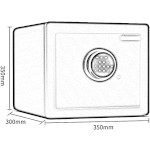 Furniture
Furniture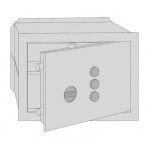 Built into the wall
Built into the wall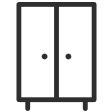 Cabinets are fire resistant
Cabinets are fire resistant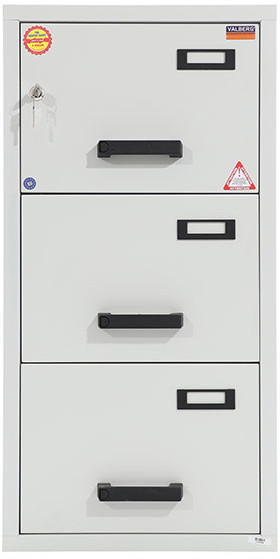 Fireproof filing cabinets
Fireproof filing cabinets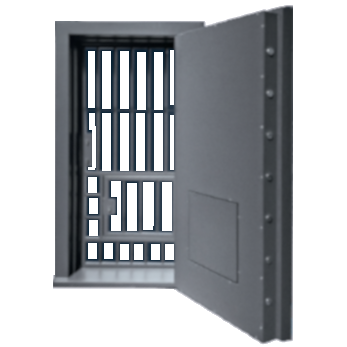 Doors of bank vaults
Doors of bank vaults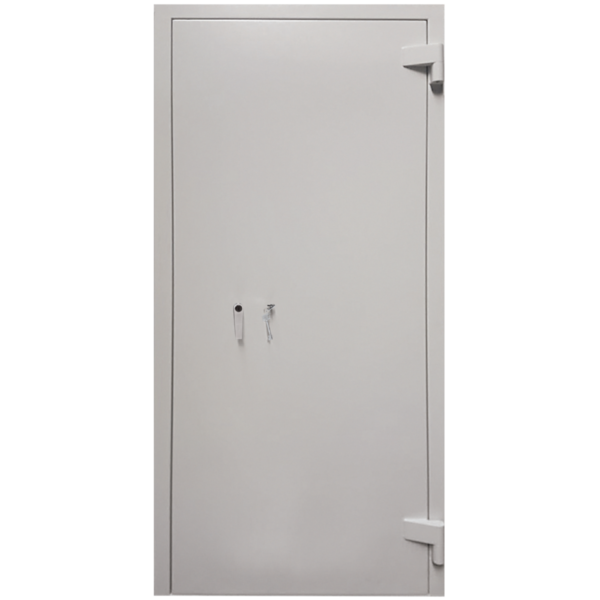 Doors for shelter, armory rooms
Doors for shelter, armory rooms